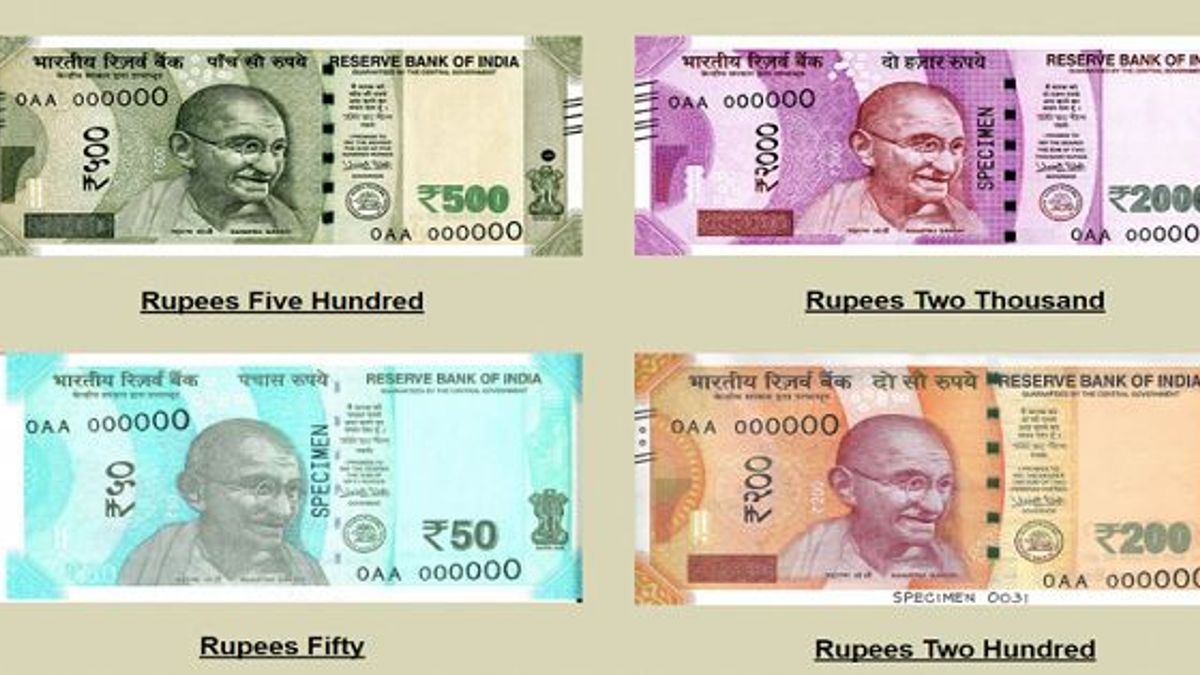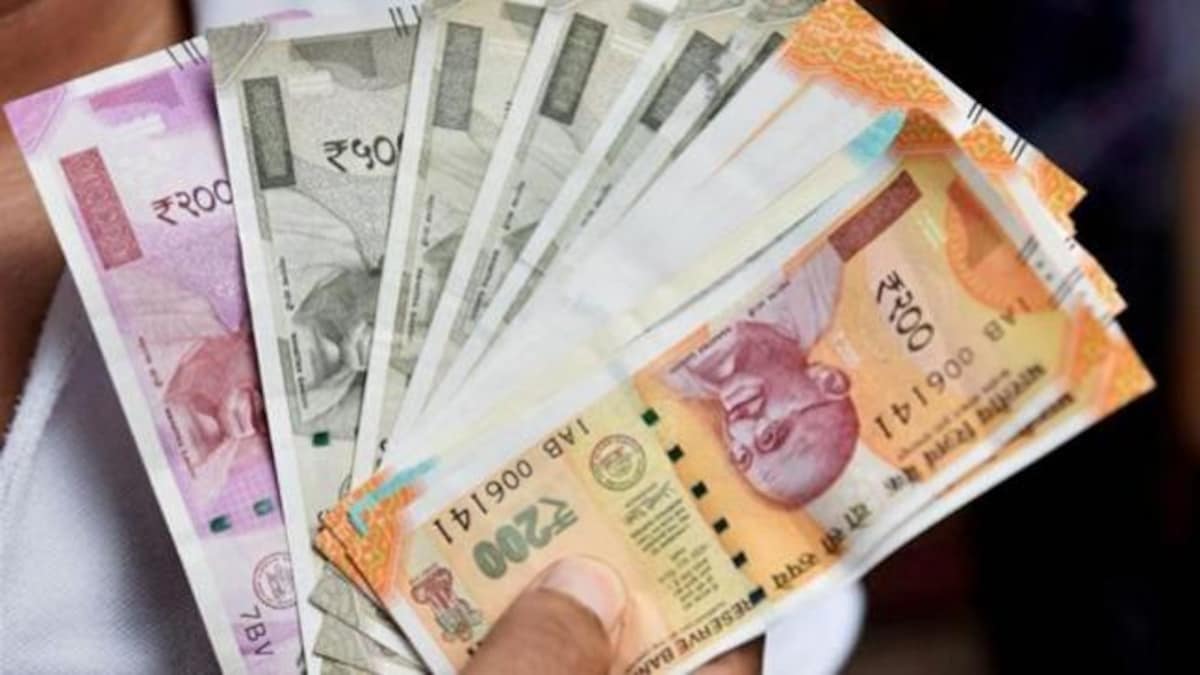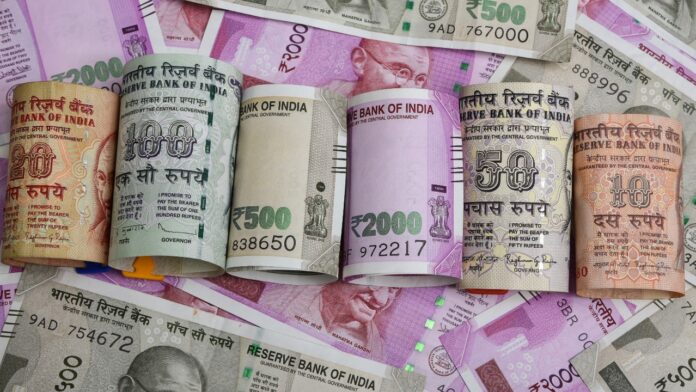Money plays a very important in our life. Currency is essential to do any task in life. If you want to get your child higher education, buy your favourite car, build a luxurious house, or do social service, then you need money. With money, you can do any work without much trouble. Everyone needs money, but have you ever had the question that where do these notes that solve almost every problem come from? What is their printing process?
How much does it cost to make a note? Who makes notes and coins? Where do notes go? If you also want to know this, then we have brought the answers to your questions? Who prints the note? Who decides how many notes to print? What is the minimum and maximum security system?
The Reserve Bank of India (RBI) was established in 1935 by the RBI Act 1934. RBI is the highest monetary institution in India. It functions exclusively as a foreign reserve, banker to the Government of India and controller of loans. RBI also has the responsibility of managing the printing and supply of money in the Indian economy. The Reserve Bank of India was started with an amount of Rs five crore.
The Reserve Bank of India has the monopoly to print notes in India. The Reserve Bank of India prints all notes except one rupee notes across the country. The Ministry of Finance has the right to print one rupee notes and make all types of coins. While it is to be noted, the Reserve Bank of India only has the right to supply currency (both notes and coins) throughout the country.
How much currency will be printed in India is determined by the minimum reserve system. Since 1957, this system has been working in a similar way across the country. According to this system, RBI has to keep assets worth 200 crores with it, in which it is mandatory to keep gold reserves of Rs 115 crores and foreign currency of Rs 85 crores. After possessing so much property, RBI can print any amount of notes according to the need of the economy. This is called the minimum reserve system.
Where are notes printed?

The country has four banknote presses, four mints and a paper mill. Note Press Dewas (Madhya Pradesh): 265 crore notes are printed in the Note Press of Dewas in a year. Notes worth 20, 50, 100, 500 rupees are printed here. You will be surprised to know that the ink used in notes is also produced in Dewas itself. Currency Press Note Nashik (Maharashtra): Earlier 1,2,5,10 notes were printed here, but after 1991, 50 and 100 notes were also printed here. Apart from this, there are note presses in Salboni in West Bengal and Mysore in Karnataka. The first 1000 rupee notes were printed in Mysore.
Now let us know how much it costs to make a note?
It costs Rs 1.14 to print a 1 rupee note, which is the only note whose market value is more than the actual cost.
It costs 48 paise to print a 5 rupee note.
It costs 96 paise to print a 10 rupee note.
It costs 96 paise to print a 20 rupee note.
It costs Rs 1.81 to print a 50 rupee note.
It costs Rs 1.20 to print a 100 rupee note.
It costs Rs 2.15 to print a 200 rupee note.
It costs Rs 2.13 to print a 500 rupee note.
It costs Rs 3.53 to print a 2000 rupee note.
After the note, now the matter of coins. Coins are minted at four places in India.
Mumbai
Kolkata
Hyderabad
Noida
Government of India decide the amount of coins to be printed in India.
It costs about 70 paise to mint 1 rupee coin.
It costs Rs 6.10 to print a 10 rupee coin.

It is also important to know
After knowing all this, it is expected to come to your mind that when the same paper and ink is used in all the notes, then why the fee of all the notes is different? The answer is
It costs less to print low-value notes (eg 1,5,10 and 20 rupee notes). The biggest reason for this is security features. Lower denomination notes have fewer security features, and counterfeit notes of this price are also made in smaller quantities. Due to more security features, the cost of printing big notes comes more.
The cost of printing big notes can also change many times because the raw material (ink and paper) used in the note has to be imported, which causes prices to fluctuate due to changes in rates. For example, according to the data given by the central government in the Rajya Sabha, it used to cost Rs 4.18 to print Rs 2000 notes in the year 2017-18, which came down to Rs 3.53 in the year 2018-19.
Now you understand, how much hard-earned tax payer money did Indian government wasted on re-printing of these currency notes without getting any benefit out of demonetization?
So much hard earned money of the tax-payers in the country was wasted on a process without thinking which ultimately yield no results and was a total wastage of the tax-payer money and a big insult to them. The entire demonetization process was started on the assurance of bringing the black-money but resulted only in the loss of jobs, employment, loss of revenue, loss of public and tax payer money in re-printing the entire currency which was already in circulation.
Hope our government brings some better, well researched plans after through discussions with well educated bureaucrats of our country.

